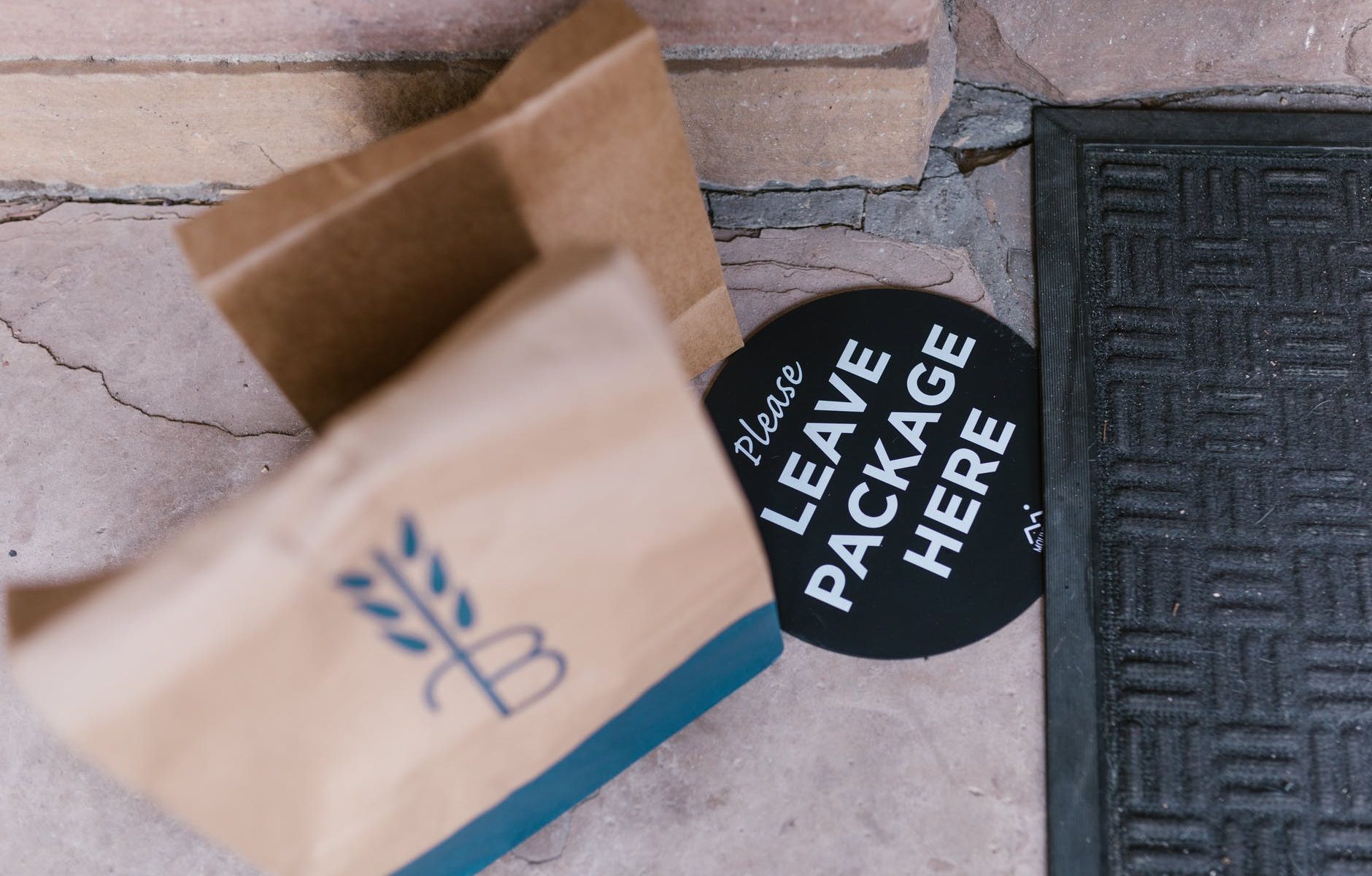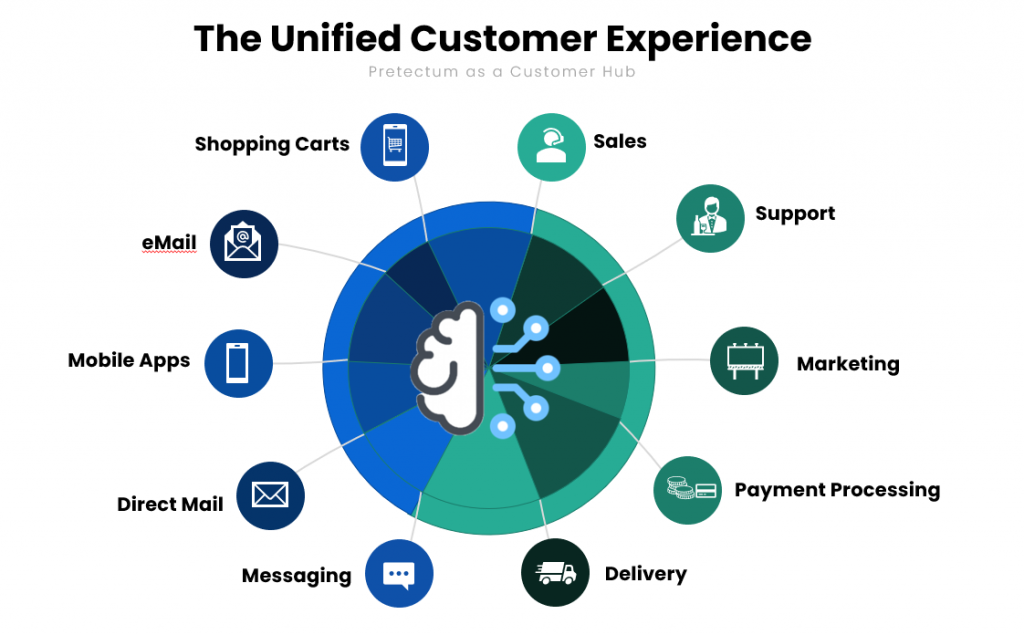Internet Shopping is reshaping cities around the world for all kinds of things from basic grocery items to cups of coffee and burgers. For grocery items, the result has been the rise of “dark stores” that basically resemble mini-warehouses and stockrooms in downtown areas.
This phenomenon is changing the look and feel of neighbourhoods. From all outward appearances these stores resemble mini-marts and supermarkets but with one major difference, they’re not open to the public and they often have obscured windows that don’t reveal what’s going on inside. But they’re a hive of activity nonetheless.
One of the upsides has been for commercial real estate owners looking for a life extension on premises that have perhaps fallen into disuse is that these can be repurposed as dark stores. These include former butcheries, furniture, mattress and bed, electrical and bric-a-brac stores as well as industrial estates and shopping malls.
The growth in dark stores has paralleled the growth in web-based business overall, particularly in the grocery and quick-mart business. Overall, the online business represents as much as 13% of all staples grocery spending in 2021, with the effectiveness of the on-demand home delivery being viewed as a growing market opportunity.
The rise of these dark stores occurs principally as a result of two phenomena.
The first is as a result of a decline in local supermarket or corner-store and mini-market use, in some cases, the decline in local shopping can be remediated by offering a click-and-collect service where the groceries are ordered online, picked by store staff and collected by an agent or by the customer directly. This isn’t always possible as an offer particularly since the picking resources may be already occupied by shelf packing replenishment, goods receiving or point of sale activity.
There is a second triggering event, and that’s one where high-density urban communities choose to go for an online shopping experience either due to deficiencies in the local corner store or mini-mart or where the price-convenience factor makes online shopping more compelling. This model has been adopted well by a number of Asian and European tech-based disruptors. They’re successfully targeting the inner cities but their success hinges on strong domestic partnerships with conventional retailers or building their own dark stores in order to meet the expectations of online customers who want delivery in minutes as opposed to hours.
From a data perspective of course it is important for these operators to maintain a high degree of precision and data quality with respect to the inventory, distribution points and billing and settlement systems. But there are two additional data aspects that sometimes may not have been well considered namely the customer master and despatch or delivery agents master. There are potentially many aspects of both of these two groups of data that could be problematic or might need special attention. Customers that exist more than once in systems could take advantage of doubled up promotions or discounts, overstate the subscriber base and potentially compromise the effectiveness of statistical reporting. With delivery partners, there is the challenge of miscalculating tax liability for gig workers and the risk of fraud when partner identity is ambiguous or unclear.
The Pretectum Customer Master Data Management (CMDM) platforms can help with ensuring that you adequately describe and manage customer records, serving as a hub of collated identities for customers for a unified customer experience that could function to serve mobile applications as well as the back office and marketing, service and logistics functions.



